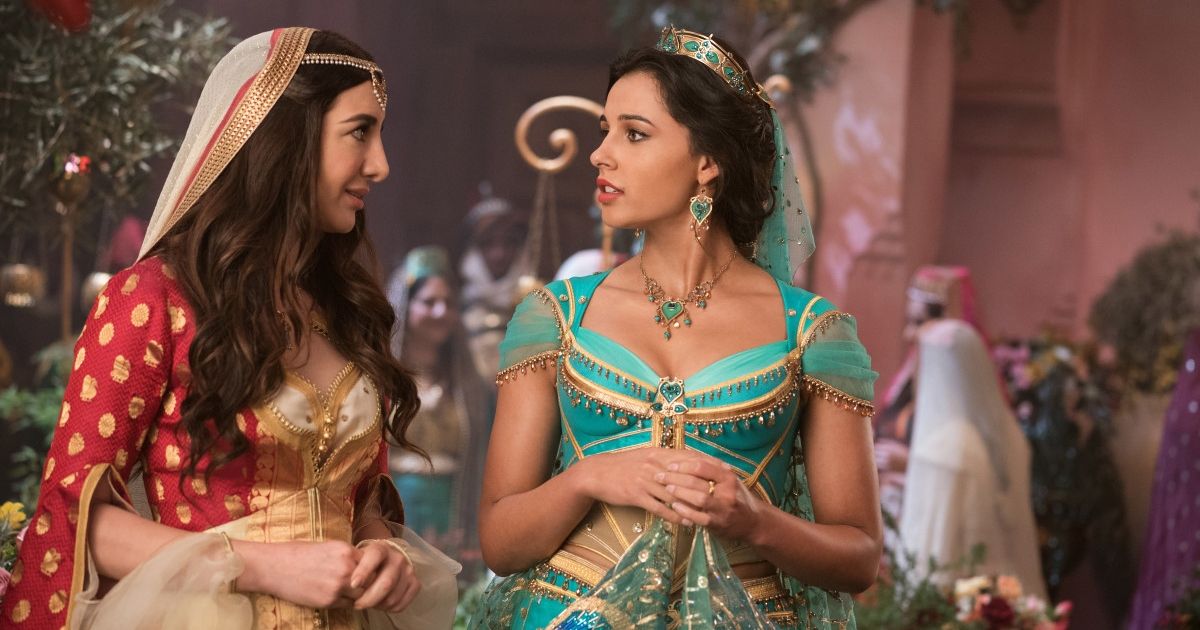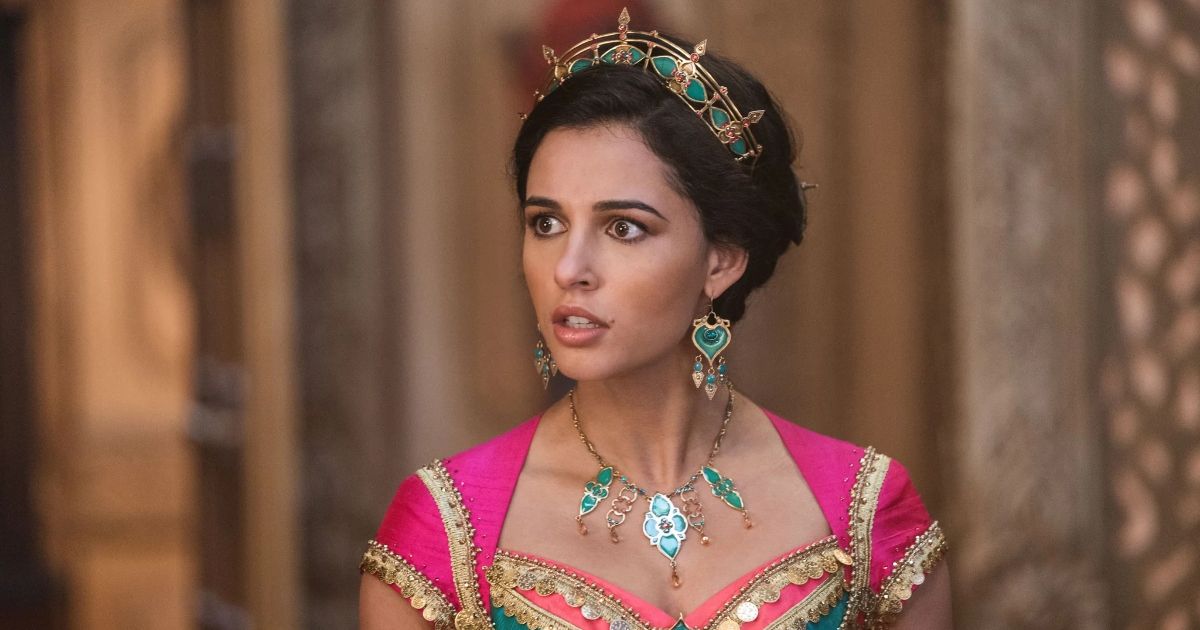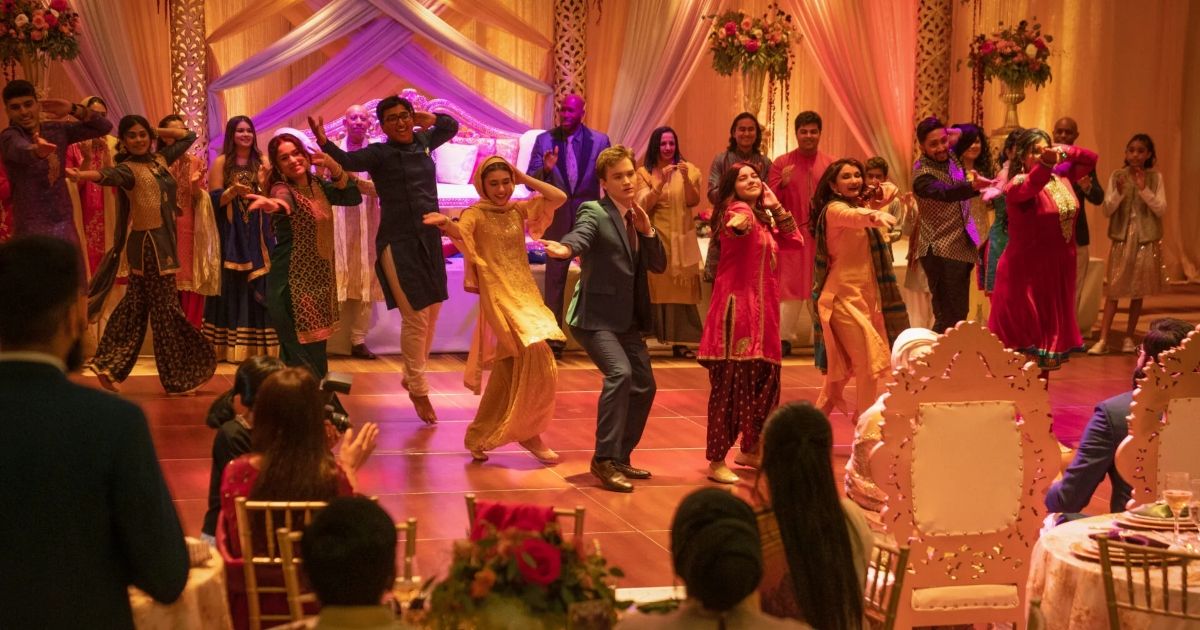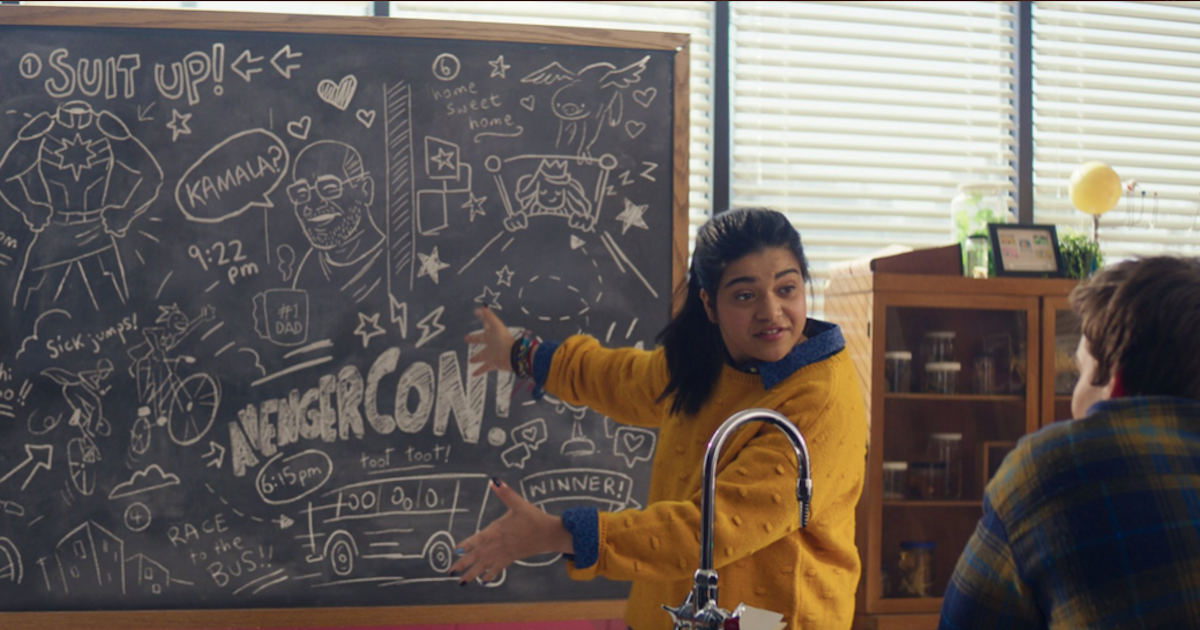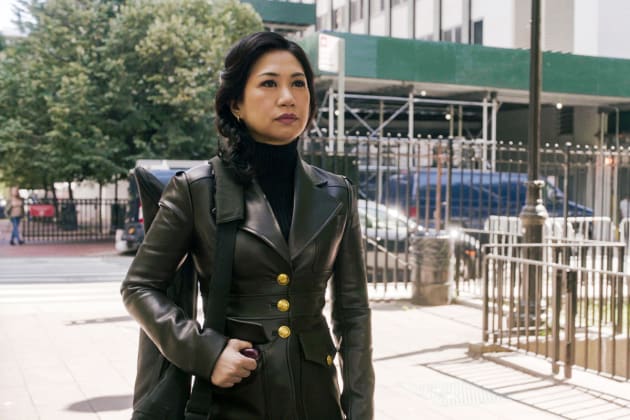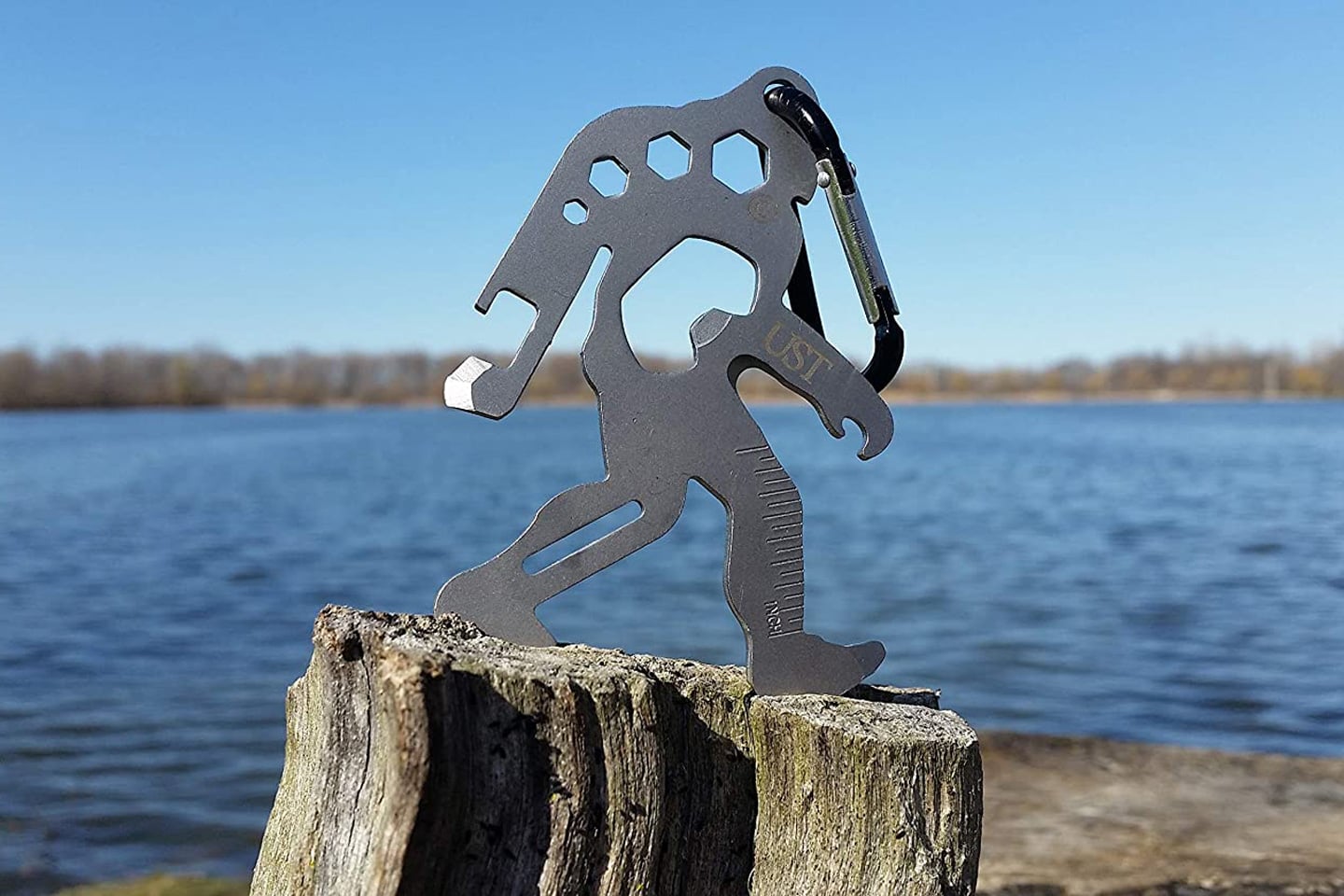#From Aladdin to Ms. Marvel, The Significance of Iranian and Pakistani Women Representation

Table of Contents
“From Aladdin to Ms. Marvel, The Significance of Iranian and Pakistani Women Representation”
A positive depiction of Iranian women is through Princess Jasmine, particularly in the shift in the clothing she wears in the live-action film. A second way Jasmine is significant in the depiction of Iranian women is how she advocates for herself and her people. Iran’s neighbor to the southwest, Pakistan, is marvelously depicted in Ms. Marvel. Kamala Khan and her family are depicted as joyful people who want to celebrate her brother’s wedding. Of course, the most important part of Ms. Marvel is how the series tackles the terrorist stereotype head on.
Women’s Fashion in Aladdin
When Aladdin premiered in the early 1990s, it was remarkable for little Iranian and Arab girls to see a tan woman with dark hair on the screen being represented as outspoken and fierce like tigers. Yet, the difference between her outfit and the concubines in the film is a thin facial veil on the concubines. When Disney announced the live-action remake, they had actors from across the Middle East and Central Asia like Nasim Pedrad, who is from Iran, and Mena Massoud who is Egyptian. A natural progression was the fashion in the film, particularly Jasmine’s. Cheetah-Adventures breaks down street fashion in Iran and two aspects of Iranian fashion can be found in Aladdin. First, Iranian fashion, and other forms of art, play with color rather brilliantly. Most of Jasmine’s outfits have vibrant colorings and lots of gold and jewels — she is a princess, after all. Another classic element of Iranian fashion is for women to wear a manteau, or a body veil, which can be opened or closed that overlays pants or a skirt and a top. Jasmine wears a magenta closed manteau over teal pants, a nod to the original mint green outfit from the animated classic, when she meets with Prince Anders.
Princess to Sultan
As intricate and beautiful as the Iranian-inspired fashion is in director Guy Ritchie’s Aladdin, one aspect of the story overshadows the fashion: the patriarchy. The film does not exaggerate Jafar telling Jasmine to be silent and let the men lead. While Iranian women led the Iranian Revolution in the early 1980s, the changes have been minimal over the past 40 years. Iranian law uses population planning as their excuse to make decisions over women’s bodies. Women have the capacity to be political powerhouses as exemplified by Jasmine becoming Sultan. Jasmine reminds the audience that the power of “no” can become overwhelming when the laws attempt to orchestrate your every move, but that doesn’t stop her. One massive difference between animated and live-action Jasmine is that she doesn’t just want to escape the palace walls, she wants to bulldoze the entire system because her people are suffering. That’s why Jasmine is a feminist icon and an empowering woman Disney character. Her position as Sultan shows the audience that despite outdated laws and beliefs, an individual is more than their labels.
Radiating Joy
Ms. Marvel is a vibrant celebration of Pakistani life. Several aspects of the series outlines various celebrations of Pakistani and Muslim life in the most joyous ways. The Khan family dinners might seem commonplace, but they’re the most important celebration of daily life. In episode 3, Kamala’s father describes why the Partition is difficult for his wife to discuss. Dinners with the Khans were full of discussions and joy until this moment, yet the sorrow doesn’t distract from the joys of the upcoming nuptials. At the ceremony, the Imam asks the bride and groom three times if they want to marry each other. At the Nikah ceremony in Muslim weddings, it’s customary for the officiant to ask the couple three times if they want to marry. The reception that follows the wedding, the Walima, is shown in the series with a big dance number where everyone gets on their feet. During the dance number, Kamala pulls the bride, her new sister-in-law, onto the dance floor. This gesture may seem commonplace, but it’s the cornerstone of all Pakistani and Iranians: to make sure each person is having a joyous time.
Not a Terrorist, Just a Super Cool Teen
PBS outlines how the terrorist attacks on the World Trade Center and Pentagon on September 11, 2001, opened the door for FBI surveillance to be rewritten so common citizens could become paid informants on Muslims in their communities simply because they were Muslim. One of the scenes in Ms. Marvel has a government agency showing up to the mosque because someone they questioned implied that Kamala was “Middle Eastern”. The gravity of the scene is deeply rooted in the misconception that all Muslims are terrorists. Kamala struggles with many aspects of her life, from new superpowers to honoring her family. The adolescent conundrum of self-discovery and purpose collide with her family’s traditions and faith. Kamala exemplifies what it is to be a teenager who is passionate about something, like the Avengers or Captain Marvel, yet remains invisible because of one aspect of her life. Kamala’s excitement for life is overshadowed by a tragedy she isn’t responsible for; the misconceptions of Muslims infect every single aspect of their lives. Ms. Marvel brilliantly confronts each misinformed stereotype by centering a really cool kid who stumbles onto a bracelet that gives her epic powers.
If you liked the article, do not forget to share it with your friends. Follow us on Google News too, click on the star and choose us from your favorites.
For forums sites go to Forum.BuradaBiliyorum.Com
If you want to read more Like this articles, you can visit our Social Media category.
